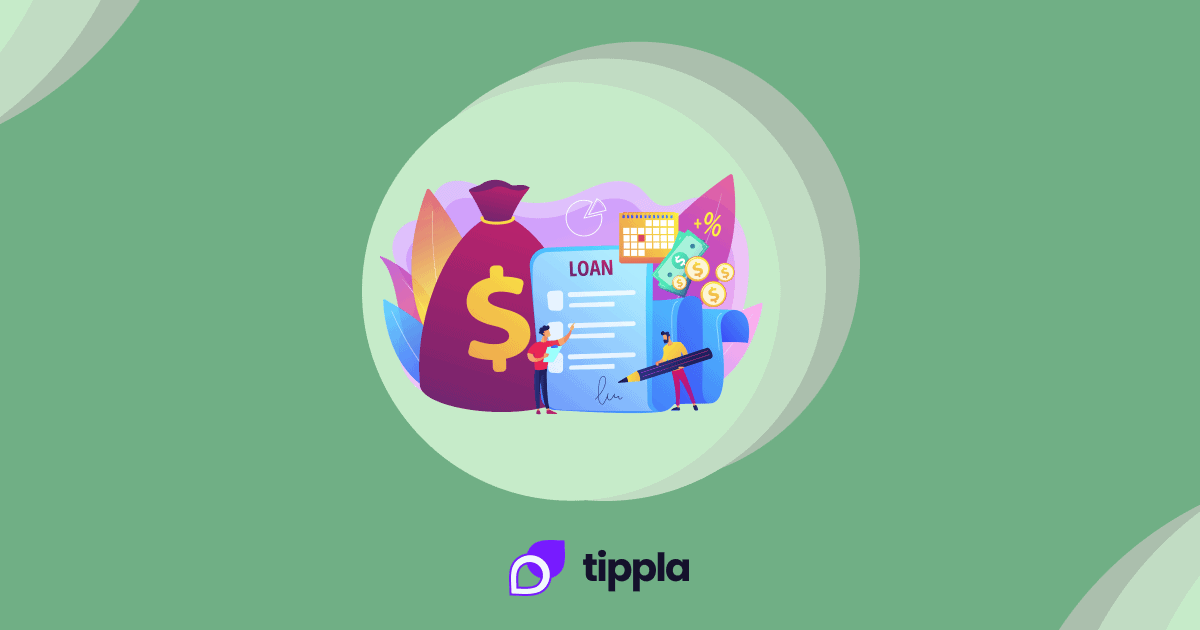Published in June 20, 2024
The Benefits and Drawbacks of Loan Forgiveness Programs

Loan forgiveness refers to the cancellation of a borrower’s obligation to repay all or part of a loan, typically offered as a means to alleviate financial burden and promote economic mobility.
In Australia, these programs predominantly focus on student loans, given the significant investment required for higher education. The purpose of loan forgiveness is to support individuals who contribute to essential sectors, such as healthcare and education, by easing their financial obligations, thereby encouraging skilled professionals to enter and remain in these critical fields. However, the debate around loan forgiveness encompasses a range of perspectives, from its potential to drive economic growth and reduce inequality to concerns about its cost and fairness.
Overview of Loan Forgiveness Programs in Australia
Australia does not offer traditional loan forgiveness programs; however, it has specific initiatives to alleviate the financial burden on certain professionals, especially in the education sector. One notable scheme is for teachers working in very remote areas, who may be eligible for a reduction in their accumulated Higher Education Loan Program (HELP) debt after four years of service.
Eligibility for such programs typically requires meeting stringent criteria. For instance, teachers must complete an application and provide proof of their employment in designated remote locations. The application process involves submitting relevant forms to the loan servicer and ensuring all required documentation is in order.
The government primarily administers these programs, setting eligibility requirements and overseeing the application processes. While private sector involvement is limited, some private lenders may offer their repayment assistance programs, though these are less widespread or standardised than government initiatives.
Benefits of Loan Forgiveness Programs
Financial Relief for Borrowers
Loan forgiveness can significantly reduce financial stress and long-term debt burdens for borrowers. By alleviating the weight of student debt, individuals can better manage their finances, allowing them to focus on other life goals such as buying a home or starting a family. This financial relief is crucial for those who might otherwise struggle with repayments over many years.
Economic Benefits
Reducing student loan debt can have a positive impact on the economy. With less debt to worry about, graduates are more likely to spend money on goods and services, boosting consumer spending. This, in turn, stimulates economic growth. Furthermore, it allows individuals to invest in their futures, such as pursuing further education or starting new businesses, which can create more job opportunities and drive economic development.
Social and Educational Advantage
Loan forgiveness programs can increase access to education, particularly for lower-income families who might be deterred by the high cost of tertiary education. By making education more affordable, these programs promote greater social mobility and ensure that more individuals have the opportunity to improve their skills and knowledge. This, in turn, leads to a more educated workforce, which benefits society as a whole.
Drawbacks of Loan Forgiveness Programs
Cost to Taxpayers
Funding loan forgiveness programs can place a substantial financial burden on public finances. The cost of forgiving large amounts of student debt would need to be covered by taxpayers, potentially diverting funds from other critical public services. This could lead to increased taxes or cuts in other areas of government spending, impacting the broader community.
Potential for Increased Tuition Fees
There is a risk that loan forgiveness programs might incentivise educational institutions to raise their tuition fees. Knowing that students might not be responsible for repaying their loans could lead universities to increase fees, exacerbating the problem of high education costs. This phenomenon has been observed in other contexts where the availability of easy credit leads to price inflation.
Risk of Moral Hazard
Loan forgiveness programs may encourage riskier borrowing behaviours among students. If borrowers believe that their debts will eventually be forgiven, they might be less cautious about the amounts they borrow, leading to higher debt levels and potentially irresponsible financial decisions. This moral hazard can undermine the intended benefits of such programs by creating an unsustainable cycle of borrowing and forgiveness.
Impact on Borrowers
Loan forgiveness programs can have significant effects on borrowers’ financial health, credit status, and psychological well-being. Understanding these impacts is crucial for assessing the overall effectiveness and potential drawbacks of such programs.
Immediate and Long-term Financial Health and Credit Status
Loan forgiveness can provide immediate financial relief to borrowers by reducing their debt burden, allowing them to stabilise their finances and potentially seek higher-paying jobs. This can lead to a better debt-to-income ratio, improving their credit score over time. However, forgiven debt can sometimes be considered taxable income, complicating borrowers’ tax situations and potentially leading to unexpected tax liabilities.
Psychological Impact: Stress Relief vs. Potential Dependency
The psychological benefits of loan forgiveness are significant. Many borrowers experience considerable stress and anxiety due to their debt. Forgiveness programs can alleviate this stress, improving mental health and overall well-being. On the flip side, there is a risk that borrowers might become dependent on financial aid, potentially undermining their motivation to manage finances responsibly and plan for the future independently.
Economic Implications
Broader Economic Impact
Forgiving student debt can provide significant relief to millions of Australians. This move is expected to free up disposable income, allowing individuals to invest in housing, start families, or save for the future. Such financial freedom can lead to increased consumer spending, which in turn can stimulate economic growth. A recent policy announcement aims to wipe around $3 billion in student debt, benefiting over three million Australians and easing financial pressure on workers and students across the country.
Effects on the Lending Industry and Financial Stability
The lending industry may face challenges due to the reduced need for new student loans. While this could potentially shrink the market for educational loans, it might also push financial institutions to innovate and find new avenues for lending. Moreover, with borrowers’ credit profiles improving due to reduced debt burdens, overall financial stability could see a positive shift. Improved credit scores and financial health mean more people are eligible for other types of credit, fostering a healthier economic environment.
Comparative Analysis with the United States
The United States has explored various student loan forgiveness programs with mixed results. While broad-based forgiveness can offer relief, it often has only modest positive impacts on the economy. Research suggests that targeted approaches might be more effective in addressing specific groups’ needs, such as low-income borrowers or those in public service roles.
Australia’s HELP (Higher Education Loan Program) system, which ties repayments to income, already offers a form of relief that adapts to individual financial circumstances, potentially providing a more sustainable model compared to the broad forgiveness seen in the US.
While loan forgiveness programs can offer significant benefits such as financial relief for borrowers and potential economic stimulus, they also pose drawbacks including the cost to taxpayers and the potential for moral hazard. Striking a balance between providing relief and ensuring economic and fiscal responsibility is crucial.
While addressing the burden of student debt is essential, policymakers must carefully consider the long-term implications and ensure that any forgiveness measures are sustainable and equitable. It’s imperative to conduct thorough evaluations and consider alternative approaches, such as income-based repayment options, to address the student loan crisis effectively.
While we at Tippla will always do our best to provide you with the information you need to financially thrive, it’s important to note that we’re not debt counsellors, nor do we provide financial advice. Be sure to speak to your financial services professional before making any decisions.
Subscribe to our newsletter
Stay up to date with Tippla's financial blog



